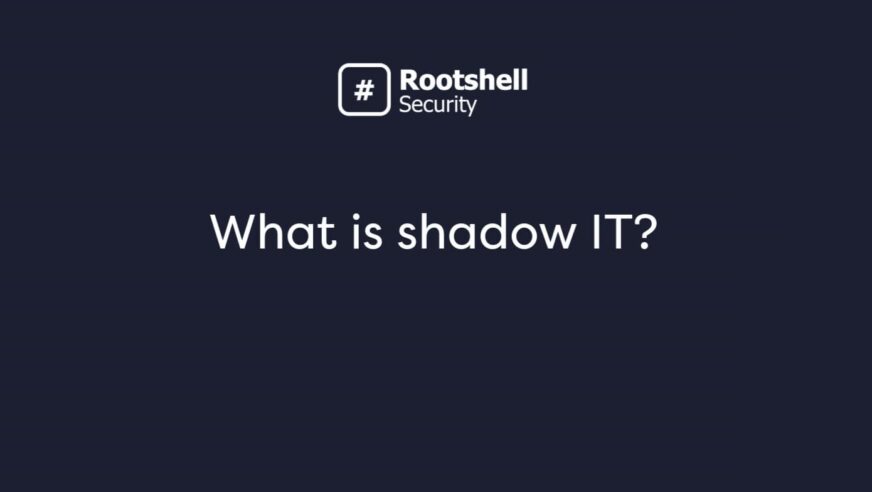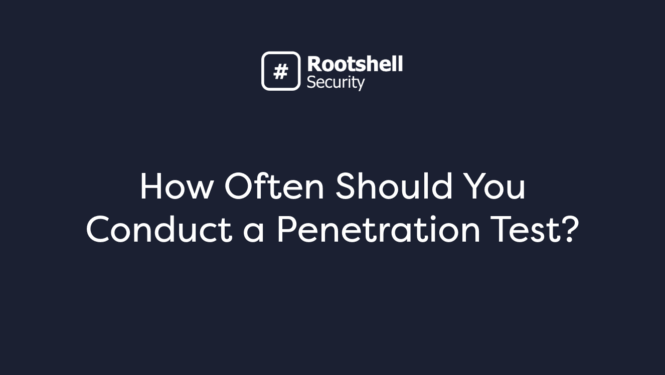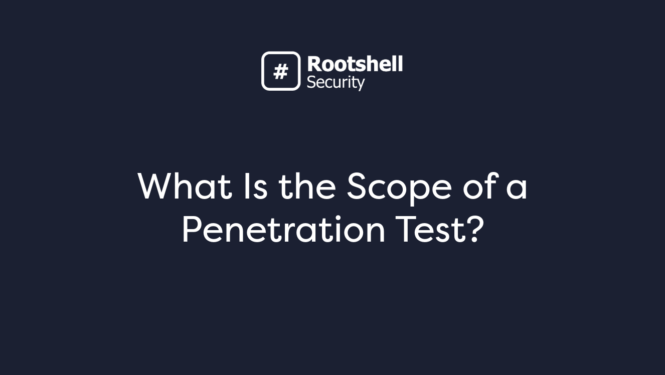2025 is looking like yet another year where AI is set to change the way we work. With the rise of remote work and new technologies, cyber threats are becoming all too common.
One rising new trend is known as ‘Shadow IT’. According to the National Cyber Security Centre, the term ‘shadow IT’ (also known as ‘grey IT’) refers to the unknown assets used within an organisation for business purposes. These could include:
- Cloud storage platforms like Dropbox or Google Drive
- Communication tools like WhatsApp or Slack
- Project management apps like Asana
- Personal laptops, tablets, or smartphones used for work
- SaaS tools purchased by individual teams or employees
In most cases, Shadow IT occurs when employees feel the sanctioned tools don’t meet their needs or are too slow to adapt. Instead of waiting for approval, they find a faster, more familiar option, unaware of the security implications.
In this article, we’ll break down everything you need to know about Shadow IT, including real-world examples, associated risks and benefits, and how to find the right balance between control and flexibility.
Why Do Employees Use Shadow IT?
Shadow IT usually happens when an employee has a job to do and a preferred way to get it done. The employee may have experience with a different app or device and prefers how it works over the apps and devices used by their company.
The organisation may also not offer a tool that the employee needs, such as messaging, file sharing or similar services.
Some of the most common reasons employees adopt unapproved tools include:
- Faster workflows: Official tools may be clunky or slow to respond.
- Ease of use: Personal apps are easier to use than work-approved tools.
- Lack of visibility: Employees may not even know certain tools are unauthorised.
- Remote work: Staff working from home may use personal devices or apps out of convenience.
- Innovation: Teams may want to experiment with new tools that aren’t yet approved
In these situations, using unapproved apps creates security risks because IT teams can’t see or manage them. Remote work has made this worse, as employees use their own devices and choose any software they want.
What Are the Security Risks of Shadow IT?
With more and more employees using SaaS applications without IT approval, the associated risks are increasing.
However, if IT departments and leadership are aware of these challenges, they can make more informed decisions and address issues as they happen.
- Data Loss: Shadow IT is a major cause of data breaches and loss. Using unapproved apps on personal phones or laptops can easily lead to sensitive data being shared by mistake.
- Security vulnerabilities: Unapproved tools may lack proper encryption. If IT isn’t aware of these tools, they can’t monitor them for breaches or vulnerabilities.
- Malware: Unapproved apps can carry malicious files, especially when accessed from unsecured personal devices or shared by outside parties.
- Compliance violations: Industries like finance and healthcare have strict data regulations. Using unauthorised apps can put the company at risk of non-compliance.
- Increased costs: Employees may subscribe to services, leading to duplicated software spend. According to Gartner, in large enterprises, shadow IT accounts for 30 to 40% of IT spending.
- Increased Attack Surface: If an employee chooses to use an application without consulting IT, they open the organization to an increased risk of attack.
Benefits of Shadow IT
Although there are many risks and challenges associated with shadow IT that should not be overlooked, there are also a few advantages that businesses are beginning to recognize.
Improved Productivity
When employees feel the existing tools aren’t suited to them, they often turn to better SaaS applications to improve their productivity. This allows them to work with tools they are more comfortable using.
Increased Employee Satisfaction
Lengthy IT approval processes can be frustrating and demotivating. Giving employees the option to find their solutions improves their satisfaction, which in turn improves the quality of their work. New technology trends are taken on board quickly when employees actively find new tools.
Reduced Costs
Many cloud-based services offer free or low-cost options that can help reduce overall expenses. Employees can use affordable or even free tools that meet their needs without the financial overhead of traditional software solutions. This can be especially beneficial for small businesses or departments with limited budgets.
Improved Communication and Collaboration
Many shadow IT applications, particularly those used for messaging, file-sharing, and project management, are designed to be highly accessible.
These platforms allow employees to communicate and collaborate more effectively, regardless of location, which can encourage teamwork and streamline workflows.
It’s important to communicate the risks of shadow IT to employees and make sure that IT teams can review new tools.
How to Manage Shadow IT
A staggering 41% of employees are already acquiring technology without IT’s knowledge, and Gartner predicts this will climb to 75% by 2027.
With shadow IT usage on the rise, it’s more important than ever to take proactive steps to manage it effectively. Here are some practical ways your company can reduce the risks:
1. Discover What’s Being Used
You can’t control what you can’t see. Your priority should be finding all unapproved applications in use across your organisation. Rootshell Security’s Attack Surface Management service can help your organization find shadow IT by continuously scanning for unknown or unauthorised apps.
2. Engage Employees
Employees often turn to unapproved tools because they find them easier to use. Instead of banning these apps or tools, your IT team should understand the “why” behind shadow IT usage and work with employees to find approved alternatives that meet their needs.
According to Gartner, employees who receive training on technology-related activities are 2.5 times more likely to avoid introducing cyber risk to the business, without slowing down productivity.
3. Create and Communicate Clear Policies
Develop straightforward policies that outline which tools are approved, how new apps can be requested, and what the risks are when going off-grid. These policies should be easy to understand and regularly updated.
4. Offer Approved Alternatives
You should provide safe, convenient and easy-to-use tools for your employees. When the approved option works well, employees are less likely to look for other, riskier alternatives.
5. Implement Strong Access Controls
Use identity and access management (IAM) to control who can use what software and access sensitive data. Multi-factor authentication (MFA), role-based access, and single sign-on (SSO) can all help reduce the risk posed by shadow IT.
6. Continuously Monitor and Review
Shadow IT isn’t a one-time fix, it requires continuous monitoring. Regular reviews, monitoring tools, and periodic audits help keep your organisation aware of new risks and ensure policies remain effective.
Take Control of your Shadow IT
As mentioned in the introduction to this blog, with AI on the rise and more people opting to work from home, shadow IT is becoming more difficult to avoid. Instead of trying to remove it entirely, you should focus on making the most out of its benefits while managing the risks involved.
How Rootshell Security’s VAPT Services Address Shadow IT Risks
Vulnerability Assessment: This process identifies security gaps, weaknesses, and areas of non-compliance. Rootshell Security uses a combination of automated scans and manual testing to build a clear inventory of potential vulnerabilities, helping your organization proactively address issues before they can be exploited.
Penetration Testing: Rootshell Security’s expert testers go beyond surface-level scans by exploiting vulnerabilities to gauge their real-world impact. This hands-on approach uncovers how your current security measures protect against sophisticated attacks and pinpoints areas where unauthorized applications or services may pose a threat.
Together, these services improve your security visibility, uncover hidden risks, and support more informed decision-making. Ready to take the next step? Book a demo to see how we can help strengthen your organisation’s defences.



